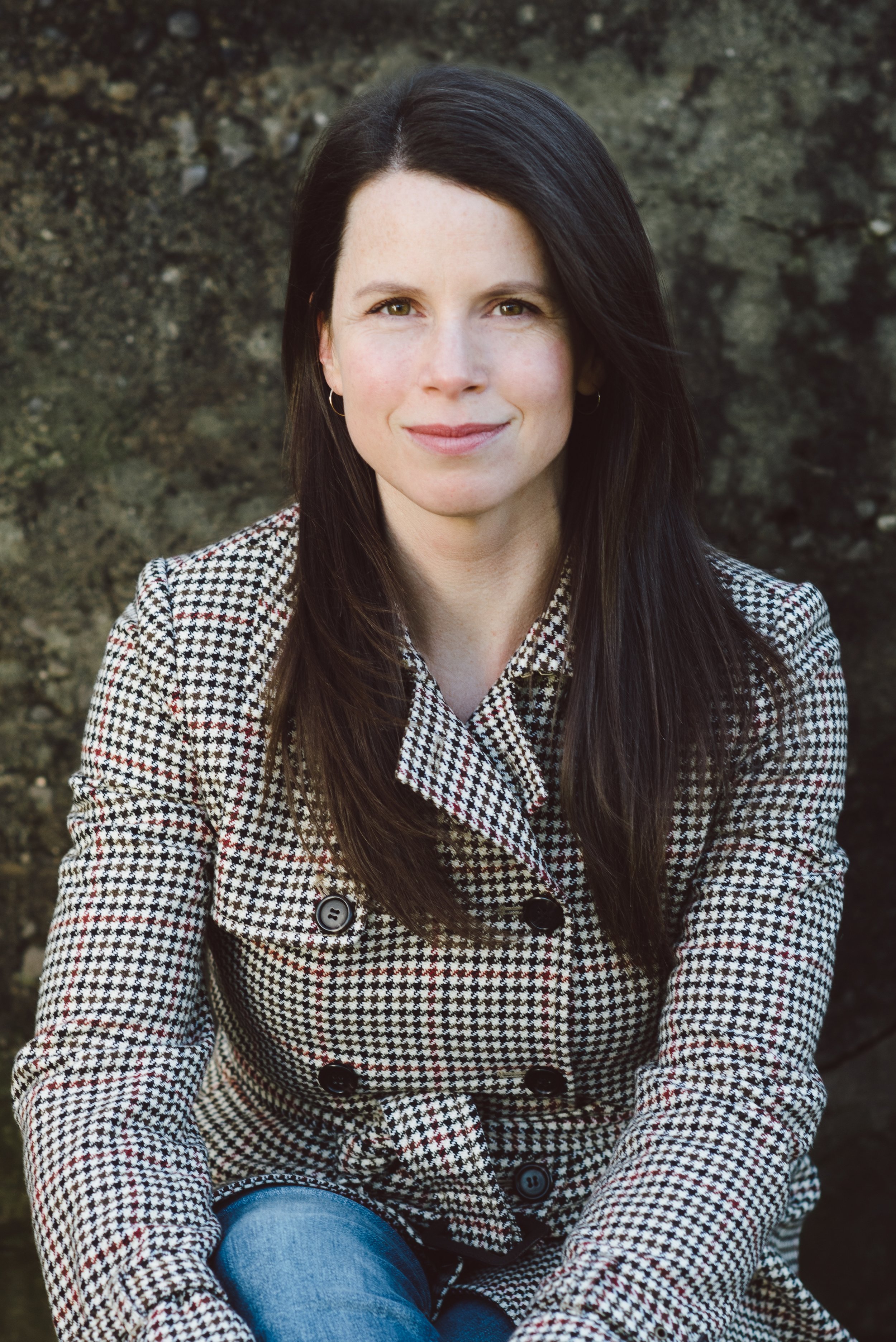I am a psychiatrist practicing in Victoria, BC; Clinical Assistant Professor in the UBC Faculty of Medicine, Department of Psychiatry; and a writer.
This website is the result of an effort to review, organize and disseminate recommended reading for psychiatry patients and their families. It began as my psychiatry residency scholarly project, and the resulting article was published in the BC Medical Journal in December 2024.
Bibliotherapy is the prescription of literature for healing. The therapeutic use of words has been recognized for millennia. Greek writer Aeschylus (525-456 BC) wrote, “Words are the physicians of a mind diseased.” The inscription, “The Healing Place of the Soul” was found over the library at Thebes in 300 BC.
The term bibliotherapy was coined by American essayist and minister Samuel Crothers in a 1916 Atlantic Monthly article, where a fictional character named Bagster prescribes books for various afflictions. He states, “A book may be a stimulant or a sedative or an irritant or a soporific. The point is that it must do something to you, and you ought to know what it is. A book may be of the nature of a soothing syrup or it may be of the nature of a mustard plaster.”
However, the “reading cure” was in use more than a century earlier. Psychiatrist Benjamin Rush was one of the first Americans to recommend reading for the mentally ill. In 1802 he said in a lecture, “For the amusement and instruction of patients in a hospital, a small library should by all means compose a part of its furniture.”
In 1853 physician John M. Galt argued that reading benefited psychiatric patients in his essay, “On the Reading, Recreation and Amusements of the Insane.” He writes, “Every asylum ought to be provided with a library or collection of books. The principal portion of these should be, perhaps, travels, biography, history, and the many miscellaneous works which form the charming polite literature of the English tongue. . . . [and] foreign languages . . . [W]hen a patient is received, as to whose peculiar pursuit, or department of study, there are no books in the library of such an institution, as great care should be exercised in the procuration of such as we would employ in purchasing an additional medicament to meet some rare physical symptom.”
Libraries were a fundamental part of many Victorian-era psychiatric hospitals, and by 1900 virtually all European asylums had a library. The therapeutic use of books was also important to army hospitals, especially during World War I. The British Army assigned Oxford University don H. F. Brett-Smith with creating a “Fever-Chart” ranking reading recommendations for shell-shocked soldiers — Jane Austen ranked first.
Bibliotherapy has recently gained the attention of mainstream media, with articles over the last few years in the New Yorker, the National Post, and MacLeans. Various professional organizations, patient advocacy groups, libraries and experts have generated fiction and non-fiction reading lists for patients with a wide range of mental health disorders.
Bibliotherapy has practical utility in medicine due to its acceptability, ease of use, low cost, and availability. It can be used alone, as adjunctive treatment, or while the patient awaits other treatment. But at the point of the clinical encounter, how is a physician to know what reading to recommend for which patient? Clinical guidelines do not recommend specific books, and while reading lists have been put out by organizations and experts, until now, there has been no catalogue of these efforts.
This project began with a systematic review of the medical research literature for evidence for bibliotherapy for psychiatric conditions. Then, English-speaking health organizations, patient advocacy groups, libraries and literary organizations were scanned for existing recommended reading lists. I compiled a list of titles that were recommended by multiple sources, and submitted a very long list of holds to my local library. I spent a lot of evenings and weekends reading. The final selection of books is organized by psychiatric illness, audience, and genre, and for each book, I’ve included a brief review and links to the recommendation sources.
I hope this website makes book prescriptions more accessible to mental health professionals, patients, and their families.
Thank you to my project supervisor, Dr. Marian Miller.
Martina Scholtens MD, MPH, CCFP, FRCPC
BIBLIOGRAPHY
Bate, J., & Schuman, A. (2016). Books do furnish a mind: The art and science of bibliotherapy. The Lancet (British Edition), 387(10020), 742-743. https://doi.org/10.1016/S0140-6736(16)00337-8
Canty, N. (2017). Bibliotherapy. Logos (London, England), 28(3), 32-40. https://doi.org/10.1163/1878-4712-11112133
Lazarsfeld, S. (1949). The use of fiction in psychotherapy: A contribution to bibliotherapy. American Journal of Psychotherapy, 3(1), 26-33. https://doi.org/10.1176/appi.psychotherapy.1949.3.1.26
McCulliss, D. (2012). Bibliotherapy: Historical and research perspectives. Journal of Poetry Therapy, 25(1), 23-38. https://doi.org/10.1080/08893675.2012.654944
Sevinç, G. (2019). Healing mental health through reading: Bibliotherapy. Psikiyatride Güncel Yaklaşimlar, 11(4), 483-495. https://doi.org/10.18863/pgy.474083
Stip, E., Östlundh, L., & Abdel Aziz, K. (2020). Bibliotherapy: Reading OVID during COVID. Frontiers in Psychiatry, 11, 567539-567539. https://doi.org/10.3389/fpsyt.2020.567539

